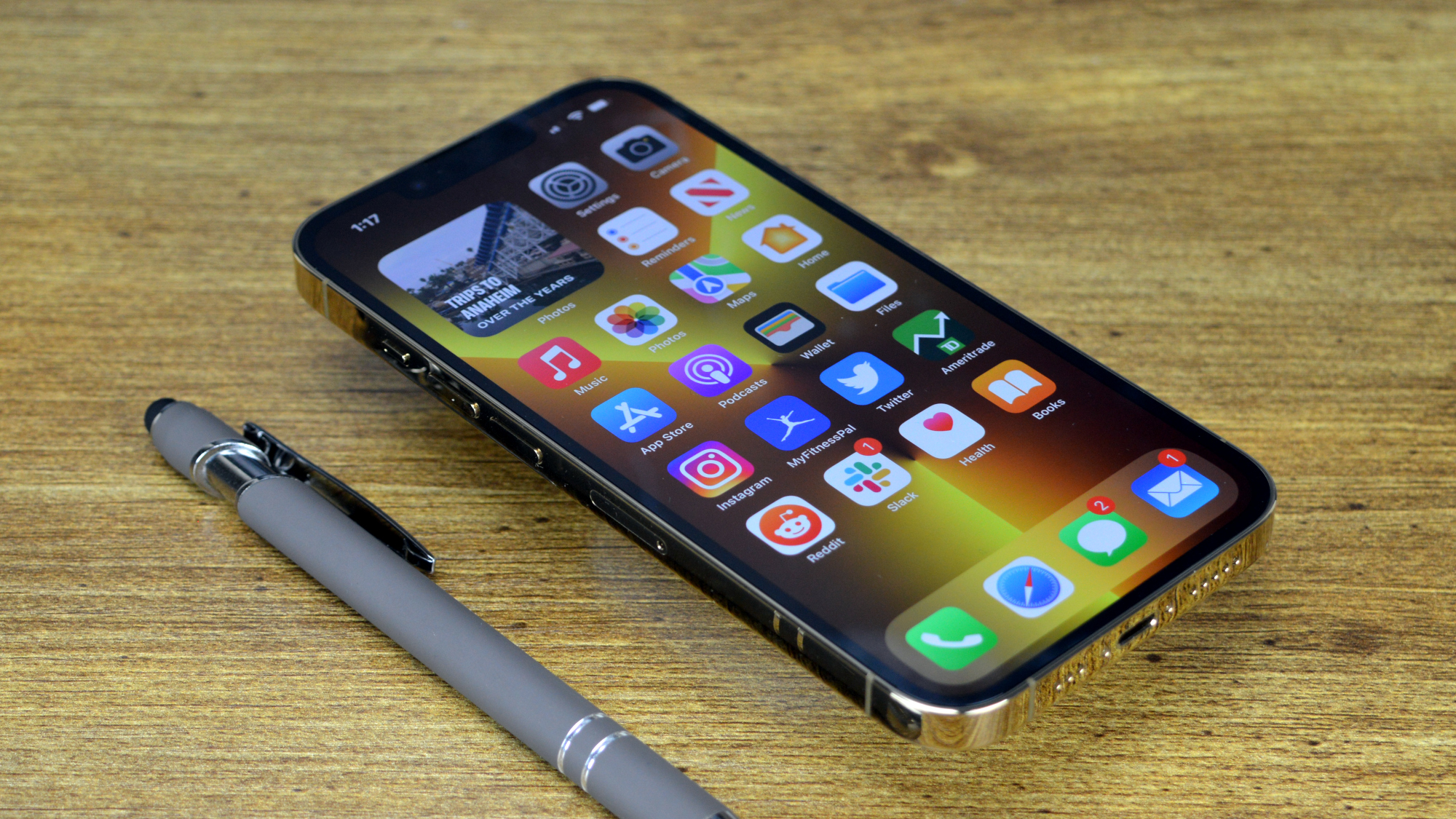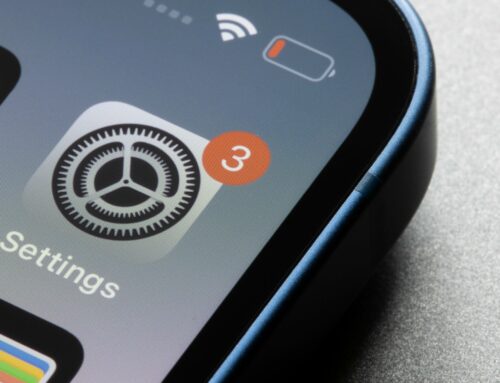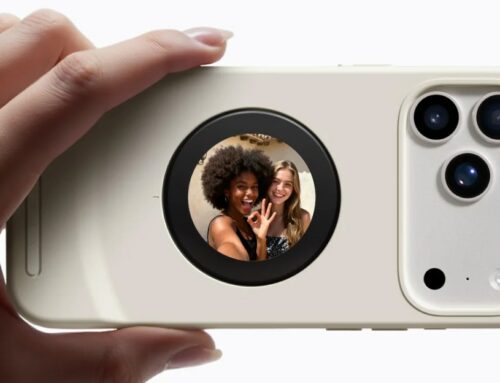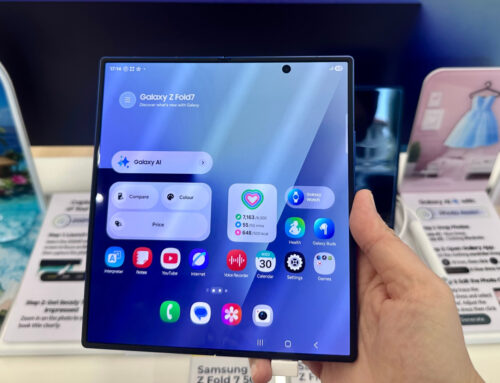The Apple augmented reality (AR) glasses are several years away from release. But when Apple finally launches them, they’ll begin replacing the iPhone. The switch won’t be immediate, and it won’t be immediately apparent to everyone. But once Apple manages to put a computer as sophisticated as an iPhone inside a pair of normal-looking glasses, it’ll be game over for the iPhone.
It’s not that the iPhone and Android devices will disappear. Because they won’t. We’ll still buy them long after the AR glasses become mainstream. But they’ll be relegated to a second-tier accessory. And each AR glasses generation that follows the early models will further diminish the appeal of the iPhone.
With that in mind, we’re about to explain how the Apple AR glasses will transform the smartphone business, helping Apple pull off a move that no other company has achieved: “Killing” the iPhone.
Do we really need AR glasses?
When the iPhone arrived in 2007, it changed everything in the smartphone business, directly impacting the entire computer market by association. But not everyone saw how this new expensive form factor would effectively kill any smartphone that preceded the iPhone. And not everyone was ready to admit it.
Similarly, when the Apple AR Glasses get their official introduction a few years down the line, not everyone will see their utility. Or the use cases. And they won’t accept the idea that the iPhone is about to be dethroned.
That’s understandable. Even Apple didn’t see the iPhone’s full potential when Steve Jobs unveiled the first-gen model. The App Store is really what unleashed the power of the iPhone, an idea that Apple initially resisted.

People did not see why Nokia, BlackBerry, Palm, and Windows Mobile phones were doomed because they could not foresee how great it was to have a rectangle with a touchscreen in your pocket.
The same thing will happen with AR glasses. The headset will take a few years to become a must-buy device. The iPhone won’t “die” overnight.
But as soon as use cases begin to appear and people start imagining and experiencing new ways to interact and experience entertainment wearing the AR glasses, they won’t want to return to the tiny rectangle in their jeans or purses.
With that in mind, what better way to show you how Apple will kill the iPhone with the help of its AR glasses than to use imagery? That’s the best way to understand why the upcoming products will deliver a massive revolution in the mobile business.
Let’s start with the AR glasses design
The AR glasses will eventually look just like ordinary glasses. They might be thicker initially, but that will change over time. They’ll feature high-end components, decent battery life, voice commands, and touch interaction.
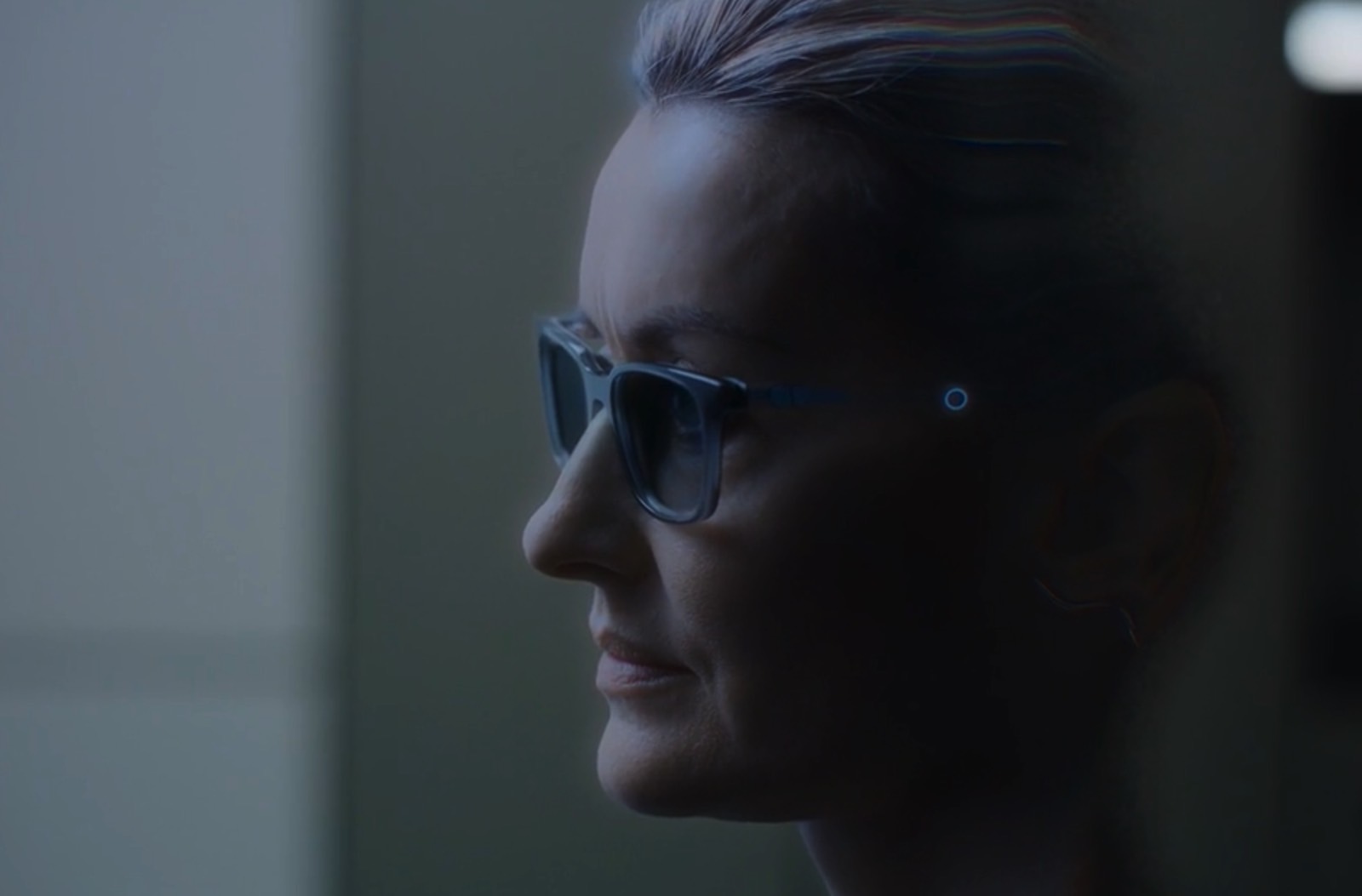
They will project high-resolution content directly on the user’s retina. They might even darken to deliver virtual reality (VR) entertainment like watching a movie on a virtual screen.
Finally, the glass will surely work with all the iPhone accessories that you might be used to. That includes wearables like the Apple Watch and AirPods.

It’s very likely the first-gen Apple AR glasses will connect to an iPhone. That’s why I’ve been using quotes around the word “kill”. No, I don’t expect the glasses the physically harm the iPhone.

They’ll transform the way we use the phone. We won’t want to take it out of the pocket now that the glasses provide a larger canvas overlaid on top of real-life objects.

What can the AR glasses do that the iPhone can’t?
iPhones and their Android counterparts are our primary computers. They’re the first devices we use to get stuff done, whether it’s for work or entertainment. They’ve replaced most of the gadgets that we’d have used in the past. And they can often solve the matter at hand immediately, reducing the need to move to a larger computer.
Entertainment
The AR glasses will follow the same path. They’ll become the first computer we use. Even if, technically, they’ll be always-on connected to an iPhone nearby.

Entertainment is the easiest use scenario guess for AR glasses. They’ll display 3D content on top of the real world. It could be a movie, a game, or just a flock of birds you can interact with.

It’ll be highly entertaining, and you won’t want to return to the smaller screen of the iPhone after that. And, of course, you’ll be able to share it with others wearing AR glasses instantly.

It could be multiple people tuning in to watch the same video simultaneously. It’s similar to how you can use the iPhone to share streaming experiences. But a lot more entertaining.

Only it’ll be a lot easier and more convenient with the AR glasses. That’s because viewers will have a much larger screen in front of their eyes, making the experience more enjoyable.

Take these three viewers above. It looks like they’ve been treated to a very exclusive dance exhibition in some exotic place.

But they watch it all from home, on a virtual TV, through their AR glasses.
Video calling
If you love FaceTime on iPhone, you’ll love the AR Glasses version. It sounds like science fiction, but you’ll probably be able to video conference with others and see a 3D video stream of that person in front of your eyes. They’ll get the same experience.

The AR glasses alone won’t be enough to deliver this experience, and you might involve other gadgets in capturing live video of you and beaming it to the other person. Maybe you’ll need the iPhone cameras to do the recording. But the AR glasses are the device that will let you access this next-gen variant of 3D FaceTime.
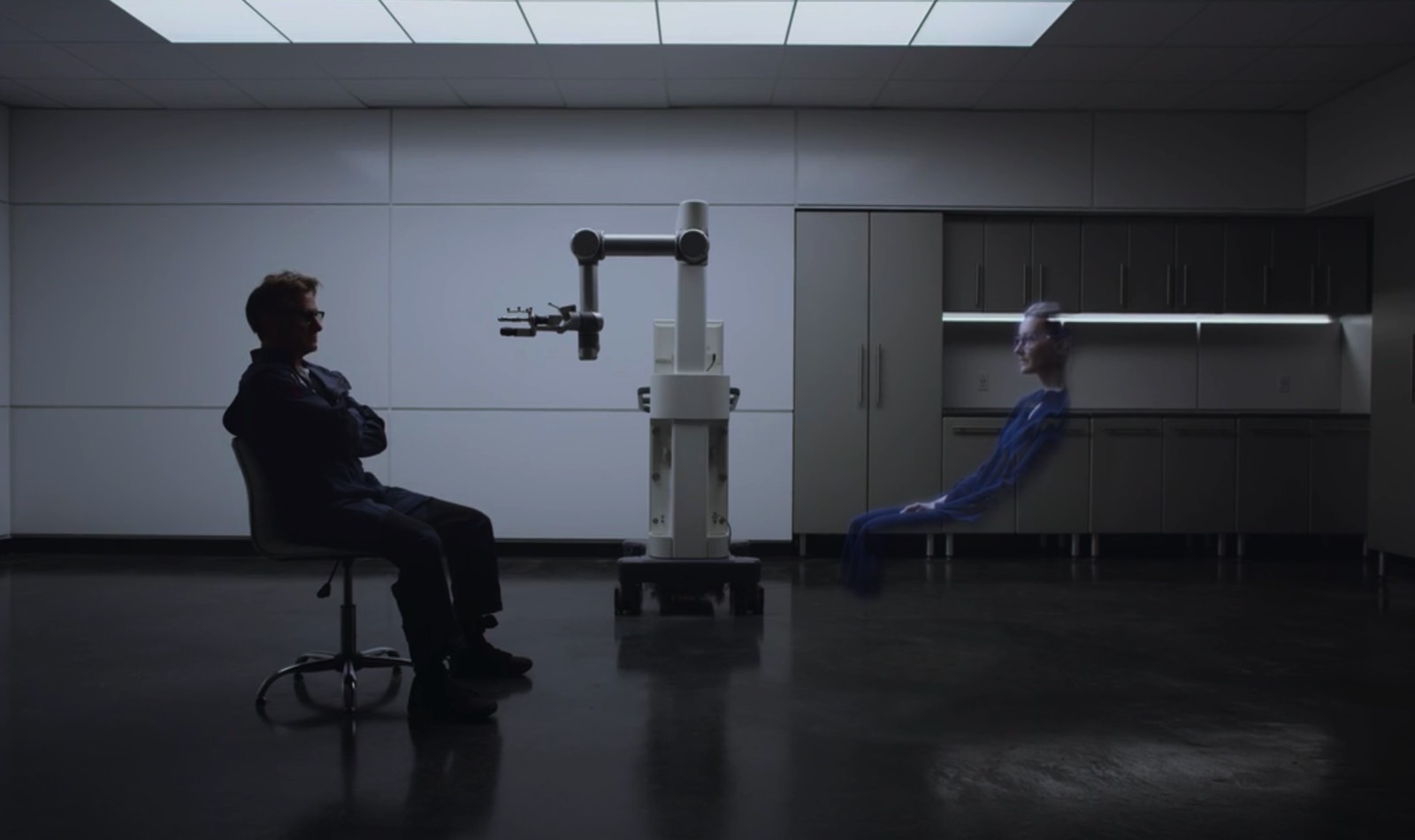
AR glasses will make zoom calls a thing of the past once everyone in the meeting has the glasses at hand.
Using the AR glasses for work
You already use the iPhone for work-related chores before you get to an iPad or computer. With the AR glasses, you won’t need to look for a larger display. You’ll just make one, wherever you are, to address the work-related task that’s still giving you headaches even after you’ve clocked out.

The glasses will track your hands, and you’ll be able to use a combination of gestures and voice to interact with that larger canvas. You’ll zoom in and out, swipe pages, and pick and handle objects. It will be the closest thing we get to Minority Report.

Similarly, you’ll use the AR glasses for school. And you’ll be able to share your virtual display with colleagues, whether for work or school.

Again, the iPhone’s more advanced processing power might play a significant role in turning the AR glasses into a large computer. But the iPhone won’t leave your pocket or bag while that happens. Nor will you have to unlock the phone and press a bunch of app icons on the screen to make it happen.
The other computers in your life
Similarly, you’ll have a variety of smart devices around you. Wireless earphones will become a necessary wearable. It’s what you’ll primarily use to make calls and interact with smarter devices, whether it’s the iPhone in your pocket or the AR glasses.

You’ll also have physical Smart TVs at home, work, car, and school, for all those times when you don’t need glasses to enjoy the content. But if it’s an Apple TV, it’ll probably work great with the glasses, allowing the TV to beam content to glasses while you’re in a different room.

Tablets will remain very much in the picture. We’ll still need traditional computers when the AR glasses eventually “kill” the iPhone. We needed them before the iPhone arrived and after it revolutionized the industry. And we still use them alongside the iPhone.

But we might operate them for specific tasks. Or in particular settings. And let’s not forget that AR glasses will need battery charging as well. That’s when other gadgets will come in handy.

A tablet or a regular computer will still be present in our households for some time to come. But, eventually, you might not need anything but AR glasses combined with high-accuracy voice and gesture recognition to have a virtual computer appear in front of you wherever you are.
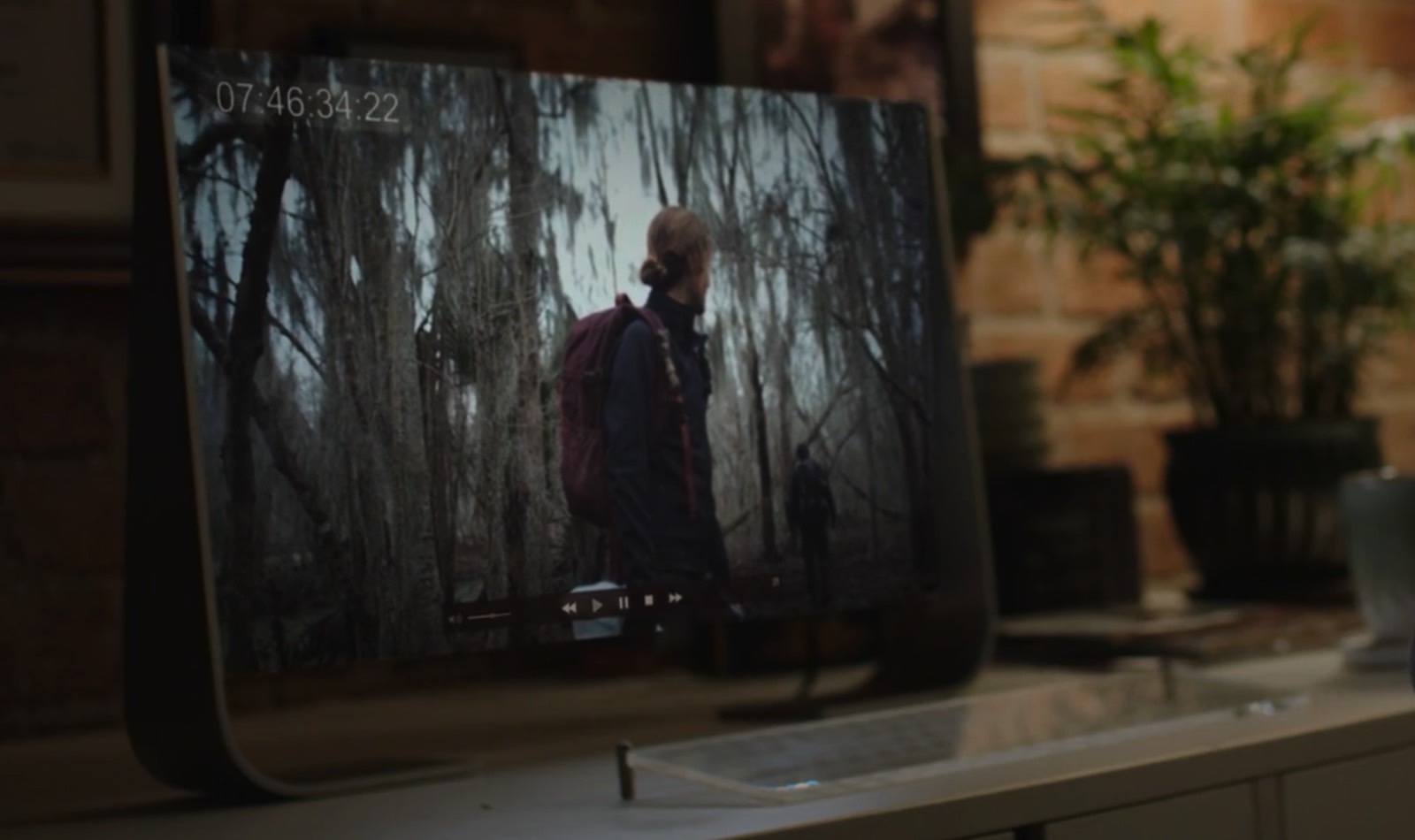
Finally, the smart car of the future will work well with your AR glasses. That is, you probably won’t have to drive your vehicle. But if you did, the glasses could provide AR directions. But the driverless cars could be where you use the AR glasses for entertainment, video calls, or getting work done during the commute.
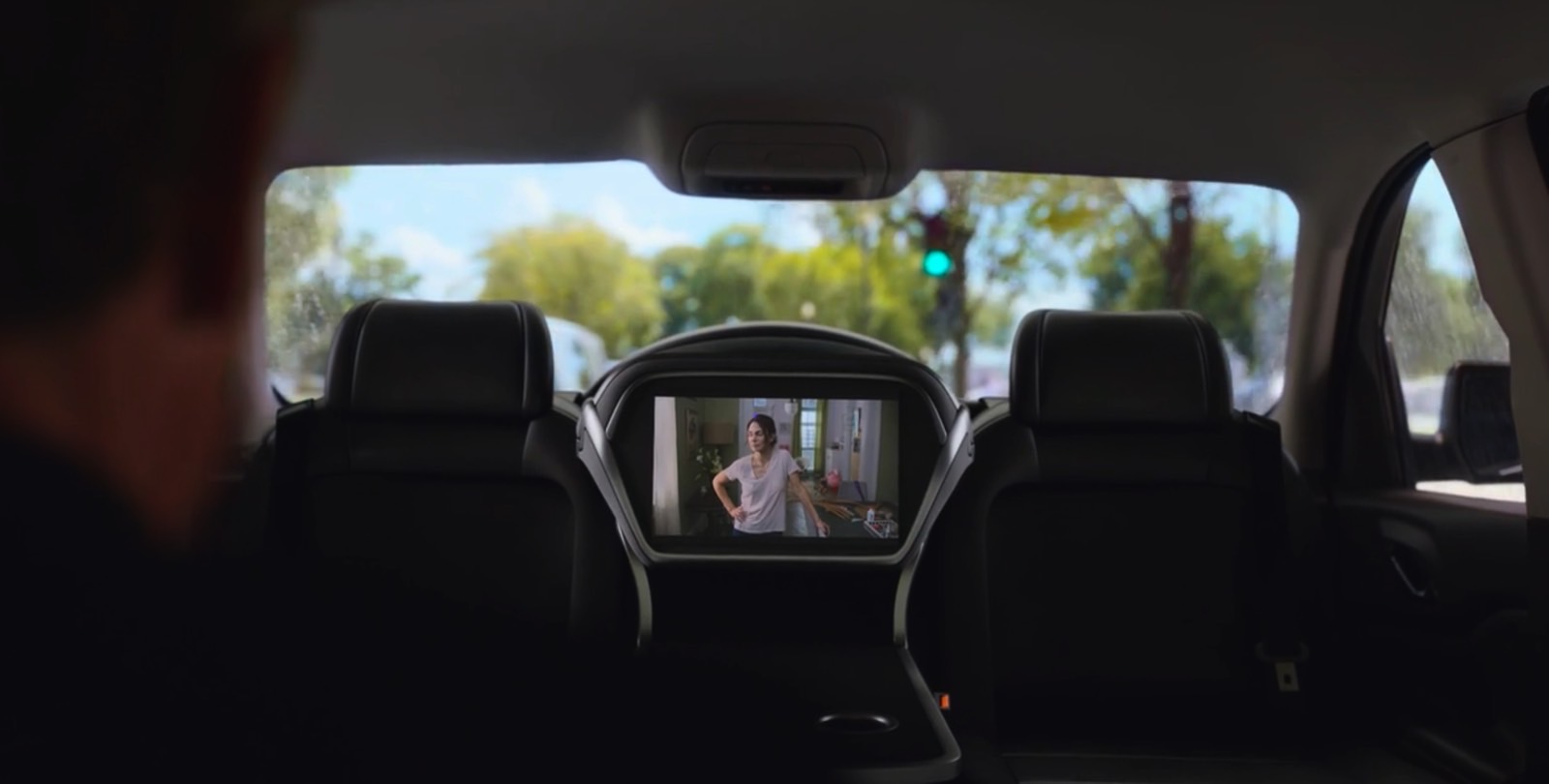
Wait, did Apple’s AR glasses leak in full?
How did we get these images? Did Sean Penn and Natascha McElhone star in a super elaborate Apple presentation showing this sophisticated contraption in action?
Sadly, the answer is a resounding “no” to all these questions. The images above are actually screenshots from a Hulu original TV show called The First. In it, we have a bunch of astronauts, scientists, and their families, dealing with humanity’s first human-crewed mission to Mars.
The characters use all sorts of smart devices to work and communicate. And the AR glasses in these screenshots get prime placement. They’re almost always in use, combined with wireless earphones. And there’s no smartphone in sight.
Sure, it’s a TV show, and one that didn’t get the attention it might have deserved back in 2018 when it premiered. But it certainly does a great job of anticipating and setting expectations for the imminent AR glasses technology that Apple and other companies will deliver.
More Apple coverage: For more Apple news, visit our iPhone 14 guide.

